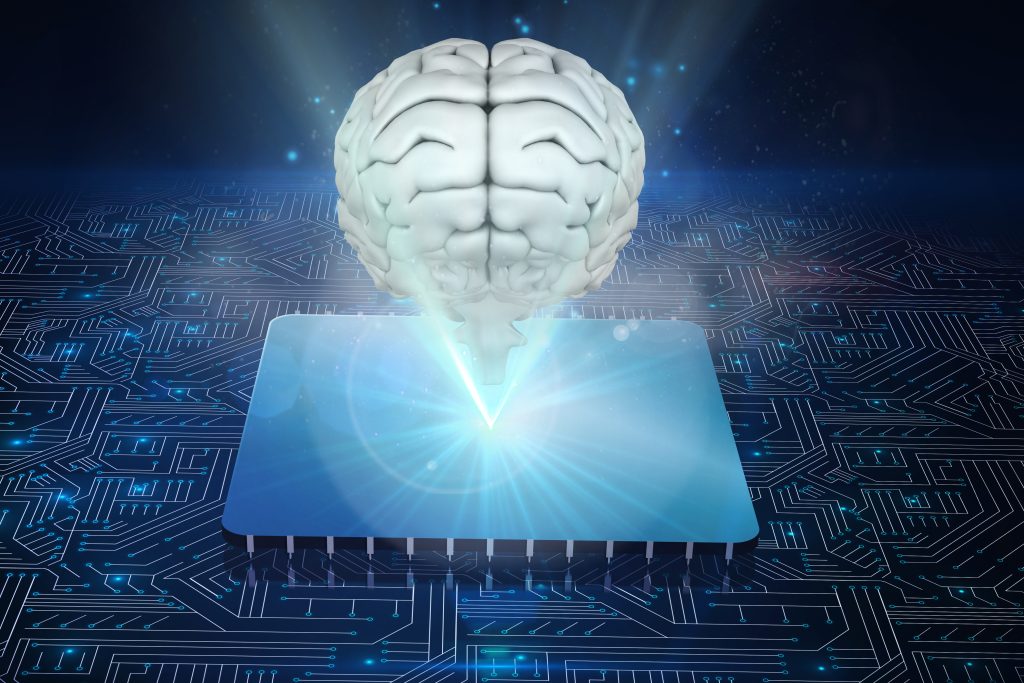In the ever-evolving landscape of technology, Laos Wire brings you an in-depth exploration of Neuromorphic Computing, a groundbreaking approach that emulates the human brain’s architecture to enhance computational efficiency. Unlike traditional computing systems, which rely on separate memory and processing units, neuromorphic computing integrates these functions, leading to faster and more energy-efficient operations.
This article delves into the intricacies of neuromorphic computing, its applications, and its transformative potential in various sectors. As we navigate through this topic, we’ll uncover how this innovative technology is set to redefine the boundaries of artificial intelligence and machine learning.
More Related: Sustainable Finance and ESG Investing | Laos Wire
Understanding Neuromorphic Computing
What Is Neuromorphic Computing?
Neuromorphic computing is an interdisciplinary field that designs circuits and systems inspired by the structure and function of the human brain. By mimicking neural architectures, it aims to process information in a manner akin to biological systems, offering advantages in speed, efficiency, and adaptability.
Key Components of Neuromorphic Systems
Neuromorphic systems typically consist of:
- Spiking Neural Networks (SNNs): These are designed to simulate the way neurons in the human brain communicate, using spikes to transmit information.
- Memristors: These are non-volatile memory devices that retain information without power, crucial for mimicking synaptic functions.
- Event-Driven Processing: Unlike traditional systems that process data in a continuous stream, neuromorphic systems process data only when events occur, leading to significant energy savings.
Applications of Neuromorphic Computing
Artificial Intelligence and Machine Learning
Neuromorphic computing enhances AI by enabling faster learning processes and more efficient data processing. Its ability to handle complex tasks with minimal energy consumption makes it ideal for real-time applications.
Robotics
In robotics, neuromorphic systems facilitate adaptive behaviors and real-time decision-making, allowing robots to interact with their environment more naturally and efficiently.
Healthcare
Neuromorphic computing holds promise in healthcare for applications like brain-machine interfaces, offering potential advancements in prosthetics and neurological disease treatments.
Internet of Things (IoT)
For IoT devices, neuromorphic computing provides low-power, real-time processing capabilities, essential for smart devices that require constant monitoring and quick responses.
Benefits of Neuromorphic Computing
- Energy Efficiency: By processing data only when necessary, neuromorphic systems consume significantly less power than traditional computing systems.
- Real-Time Processing: The event-driven nature allows for immediate data processing, crucial for applications requiring instant responses.
- Scalability: Neuromorphic systems can be scaled to handle complex tasks, making them suitable for a wide range of applications.
- Adaptability: These systems can learn and adapt to new information, enhancing their performance over time.
Challenges in Neuromorphic Computing
Despite its potential, neuromorphic computing faces several challenges:
- Complexity in Design: Designing circuits that accurately mimic neural functions is a complex and time-consuming process.
- Integration with Existing Systems: Incorporating neuromorphic systems into current infrastructures requires significant modifications.
- Standardization: The lack of standardized protocols hinders widespread adoption and interoperability.
The Future of Neuromorphic Computing
The future of neuromorphic computing looks promising, with ongoing research focused on overcoming existing challenges. Advancements in materials science, circuit design, and software development are paving the way for more efficient and scalable neuromorphic systems.
FAQs
How does neuromorphic computing differ from traditional computing?
Neuromorphic computing integrates memory and processing functions, mimicking the human brain’s architecture, leading to faster and more energy-efficient operations.
What are Spiking Neural Networks (SNNs)?
SNNs are designed to simulate the way neurons in the human brain communicate, using spikes to transmit information, enabling more natural data processing.
Can neuromorphic computing be used in consumer electronics?
Yes, its energy efficiency and real-time processing capabilities make it suitable for applications in smart devices and consumer electronics.
What are memristors?
Memristors are non-volatile memory devices that retain information without power, crucial for mimicking synaptic functions in neuromorphic systems.
Is neuromorphic computing the future of AI?
While it holds significant promise, neuromorphic computing is one of many approaches being explored to advance AI technologies.
Conclusion
Neuromorphic computing represents a paradigm shift in the way we approach computing systems. By emulating the human brain’s structure and function, it offers solutions to some of the most pressing challenges in modern technology, including energy consumption and processing speed.
As research and development continue, neuromorphic computing is poised to play a pivotal role in the advancement of artificial intelligence, robotics, healthcare, and beyond. At Laos Wire, we remain committed to bringing you the latest insights into this transformative field, keeping you informed about the technologies shaping our future.









